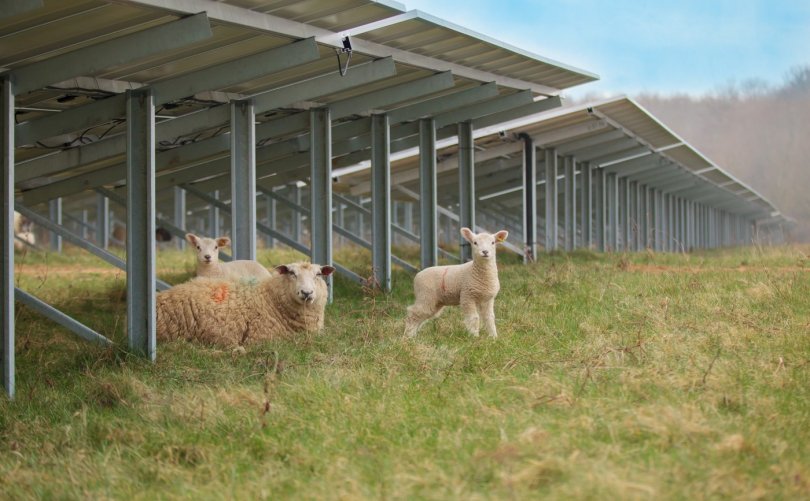Loss of Agricultural Land and Biodiversity Enhancement
The installation of solar farms cause minimal ground disturbance with the majority of the land is still available for grazing or for biodiversity enhancements for the lifespan of the Proposal. Solar farms in the UK have, in many cases, seen significant improvements in their biodiversity e.g whilst the condition of the land and soils also improve due to lack of soil disturbance.
When the solar farm is decommissioned, all hardware is dismantled, removed and recycled, returning the farmland back to its original form.
Ecology
Operational solar farms can boost biodiversity through the cessation of intensive farming and the associated reduction in the use of fertilisers and pesticides. Detailed landscape and ecological mitigation plans are typically included as part of any application and can be used to ensure that there is a net ecological / biodiversity gain from development, often with additional hedgerow planting, wildflower seed mixes etc.
Visual Impact
Unlike wind turbines, solar farms are low lying. The acceptability of a solar farm therefore, often comes down to the impact they have on the local landscape and to visual receptors. The screening of solar farms is achieved by choosing land where the topography of the site and the surrounding area, and the extent of any vegetation may shield the site from views. It is also highly dependent upon the location of public highways, public rights or way and the proximity of properties with views onto the site. We seek to find sites that have minimal visual impact and will incorporate suitable planting along boundaries to screen any development from prominent views.



